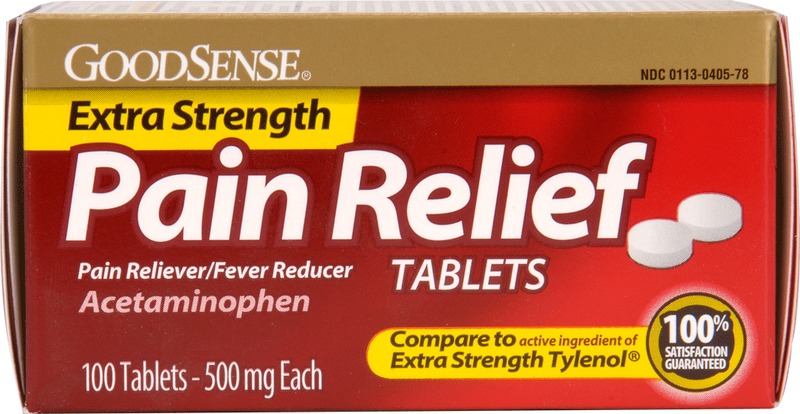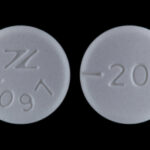Finding the best way to get muscular pain relief starts with figuring out the pain cause. That means determining exactly which muscle (or group of muscles) is causing your pain and how it occurred.
It may not always be obvious. Muscle strains, ligament sprains, tendinitis, bursitis, gout, several kinds of arthritis, sciatic nerve damage, nerve pain etc. – any of these conditions can feel like musclular pain. So until you have an accurate diagnosis, you can only guess how to get muscle pain relief.
Here are some generally accepted muscular pain relief options that offer some promise once you know what your problem is.
Muscular pain usually results from one of two things:
* wear or damage as a result of overuse, inappropriate use, or repetitive motion, and
* injury resulting from participation in competitive athletics, accidents or some other form of trauma.
In either case, your health care provider is likely to suggest medications. Non-prescription muscular pain relievers would probably include one of the following.
Acetaminophen – The better known brand names for this pain reliever are Tylenol and Aspirin Free Excedrin. Acetaminophen relieves soreness and pain because it acts on the parts of the brain that process “pain messages” from elsewhere in the body.
NSAIDs – NSAID is an abbreviation for nonsteroidal anti-inflammatory drugs. One of the more commonly known names in this category is ibuprofen There are many well-known over-the-counter brands, including Motrin, Aleve and Orudis KT. You can also ask your doctor to prescribe a stronger form of NSAID if your pain is severe.
Topical corticosteroids – Better known brands include Cortaid and Cortizone. These also relieve pain from certain forms of arthritis in addition to relieving muscle discomfort. Usually, they can be found in creams, lotions or sprays that are placed directly on the skin. Some of the better known brands include Aspercreme, Ben-Gay, Icy Hot and Capzasin-P.
Once again, your medical professional may suggest a prescription muscle pain reliever if your degree of pain is severe enough.
Prescription corticosteroids are another option. They’re available in pill or injection form. Corticosteroids are especially helpful where there’s swelling, redness, and allergic reactions. These require some care though because they sometimes cause side effects, including mood changes, irregular sleep, headaches and stomach problems.
Muscles in need of strengthening and repair can often benefit from physical therapy and exercise. Physical therapists work with their patients on how to build muscle strength and improve range of motion. They can also give you tips about ergonomic devices that make everyday chores safer or easier for your muscles to perform. Examples light be ergonomic chairs or kitchen knives that work more efficiently and cause less pain when you use them.
Exercise can help can provide relief from muscular pain by strengthening your muscles and improving your range of motion, which reduces your risk of re-injury.
Many people love a massage – even if they don’t have muscular pain. There’s no doubt a massage improves circulation, soothes aching muscles and helps you relax.
Acupuncture has many advocates who are convinced of it’s benefit in relieving muscular pain. Even though no one has definitively determined why acupuncture is effective, there appears to be little doubt that it can benefit some people. Some doctors think the needles may trigger certain substances in the body that give you a sense of well-being and freedom from pain. Other doctors remain skeptical and believe the benefits are mainly psychological: if you convince yourself that it works, then it will work.

